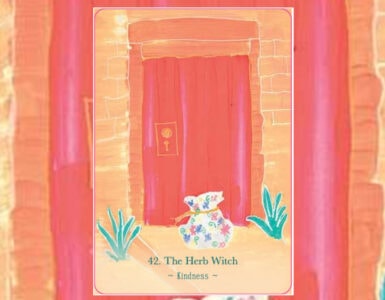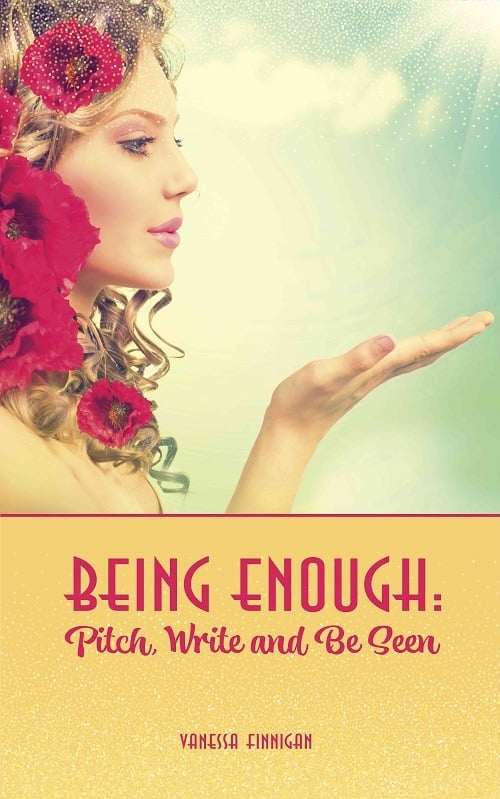Creative Art Therapies for Overcoming Depression, Anxiety, and P.T.S.D
In today’s world, where stressors and challenges are omnipresent, mental health issues like depression, anxiety, and Post-Traumatic Stress Disorder (P.T.S.D) have become all too common. According to the World Health Organization (WHO), depression is now the leading cause of disability worldwide, affecting more than 264 million people. These conditions not only impact the individual’s emotional well-being but also cast a shadow over their physical health, relationships, and overall quality of life.
P.T.S.D, typically associated with experiencing or witnessing traumatic events, can stem from a range of circumstances, not just what might be obviously categorized as traumatic. Some experiences that might trigger P.T.S.D include emotional abuse, neglect, sudden loss, or even prolonged exposure to chronic stress. In many cases, the language centres in the brain can shut down during these traumatic experiences, making it incredibly difficult for individuals to articulate their feelings or experiences. This emotional lock down can prevent healing and often results in internalized distress.
The complex relationship between mental and physical well-being is increasingly evident as research reveals the profound impact of stress and depression on physical health. Prolonged stress triggers the release of stress hormones, leading to chronic inflammation, a key driver of various diseases. Likewise, the psychological burden of depression disrupts the body’s intricate balance, affecting immune system function, sleep patterns, and even hormonal regulation. These disruptions create an environment ripe for the development of conditions such as cardiovascular diseases, compromised immune responses, gastrointestinal disorders, and more. Thus, the toll of stress and depression extends beyond emotional distress, permeating the physiological realm and underscoring the importance of holistic approaches to health and well-being.
The transformative potential of creative art therapies, including drawing, painting, sculpture, sand play, music, dance, and drama therapies, offer an alternative route to healing that bypasses the need for direct verbal communication. Creative therapies allow individuals to express their emotions, thoughts, and experiences, providing an avenue for self-expression and emotional release, and fostering emotional catharsis.
In the throes of traumatic experiences, verbal communication can falter as the brain’s linguistic domains are inundated. Creative art therapies engage other cognitive zones, permitting individuals to externalize internal turmoil. Painting, sculpting, dancing, or playing music enable individuals to shape their profound emotions and give voice to their thoughts. This pivotal juncture marks the initiation of the healing odyssey.
Beyond facilitating expression, creative art therapies are a powerful catalyst for self-discovery and nurturing self-love. Immersed in artistic endeavours, individuals engage in introspection without the threat of judgment. This reflective process illuminates personal objectives, yearnings for change, and aspirations for the future. By tangibly transforming inner sentiments into art forms, individuals glean novel perspectives on their lives and can begin to chart a transformative course.
While creative arts practices are readily available and useful to everyone who wishes to heal any aspect of their mental, emotional or physical well-being, they are especially useful in expanding the horizons of wellness therapists. Irrespective of their modalities, creative art therapies offer a rich array of tools to help therapists better support their clients. Integrating creative art therapies into various practices can enhance therapists’ versatility and amplify their effectiveness. These therapies provide an innovative outlet for clients to explore their emotions, particularly when verbal expression is a struggle. Therapists can harness the power of creative expression to deepen connections, facilitate insights, and expedite the healing process.
Contrary to popular belief, one need not possess artistic prowess or innate creativity to reap the rewards of creative therapies. It’s about the process rather than the outcome. The act of creation becomes a conduit for emotional release and self-expression. Engaging in artistic endeavours is an invitation to embrace the present moment and traverse the contours of one’s emotions without preconceived judgments or reservations.
This Month’s Creative Art Therapy Exercise: Abstract Self-Portrait
I encourage you to take some time for yourself to delve into the transformative realm of creative art therapy through this invigorating exercise: an abstract self-portrait using any medium you prefer or have on hand. Abstract means art that does not attempt to represent external reality but rather seeks to express an idea using shapes, colours, and textures.
To create your abstract self-portrait, you can choose any medium you prefer: paint, crayons, pencils, or felt pens, for example. You will also need a canvas or paper. Perhaps you could purchase a sketchbook or visual arts diary. I will provide you with a new activity each month to fill it with.
Step 1: Set the Scene: Choose a private space without distractions. Let family members or housemates know you need some time without being disturbed.
Step 2: Assemble Your Tools: Gather your art supplies and select your canvas or surface.
Step 3: Reflect and Feel: Pause to contemplate your present emotions and experiences. Sit quietly and observe your breath as it enters and leaves your body. Allow feelings to surface without restraint.
Step 4: Unleash Your Creativity: Transmute your emotions onto the canvas or paper. Use colours, shapes, and lines as your emotional vocabulary. Strive not for realism but authenticity. Think about what emotion each colour represents for you. Consider how the shapes make you feel.
Step 5: Embark on Exploration: As you create, follow your emotions’ guidance, letting them steer your creative voyage.
Step 6: Contemplate Your Creation: When you feel finished, step back to observe your artwork. Do not allow critical thoughts. Consider what the hues, shapes, and lines symbolize for you. How does your art mirror your emotional state?
Step 7: Consider Journaling (Optional): Ponder your experience, and perhaps journal about it. Reflecting on the finished piece and the creative expedition you went on to forge it can often unearth valuable insights and connections.
Creative art therapies hold a beautifully gentle and powerful conduit to healing for everyone from all walks of life. Through these therapies, a new language of healing unfurls, where colours, forms, and movement express what words cannot. By embarking on this creative sojourn, we unearth the tapestry of our emotions, unlocking the potential for profound transformation.
With love
Isabelle
To find out more about the range of holistic courses offered by Mind Body Education please visit: https://mindbodyeducation.info/










Add comment